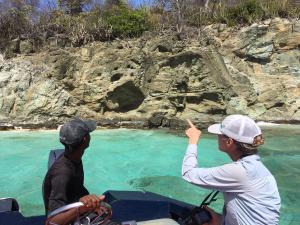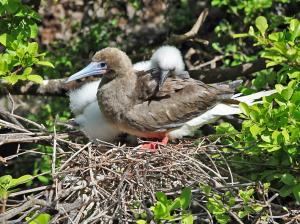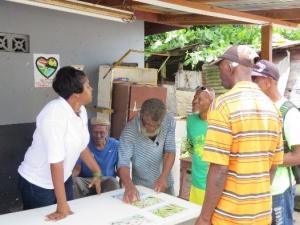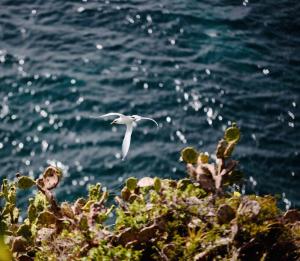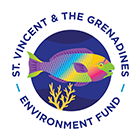
Grants
Biodiversity
Protecting our beautiful Grenadines seabirds
US$40,000 awarded
The SVGEF has recently granted US$40,000 to EPIC for a project entitled: “Population Monitoring and Conservation Strategies for Grenadines Seabirds.”
EPIC was established in 2000 in the United States with the mission to protect the Caribbean environment through research, outreach, and community-based action. EPIC has partnered with the Department of Forestry and SCIENCE (headed by Lystra Culzac), established in 2011 in St. Vincent, to lead seabird research and conservation efforts in the Grenadines.
The proposed project addresses the concerns of Biodiversity and Marine Conservation. The concentration of Important Bird Areas (IBAs) for seabirds in the Grenadines makes it a vital conservation zone, crucial to rebuilding declining and decimated Caribbean populations. In fact, St. Vincent and the Grenadines (SVG) has been identified as the most important country for seabirds in the Lesser Antilles yet also harbours the most vulnerable populations. Furthermore, the Grenadines support the most extensive coral reef complex in the south-eastern Caribbean and seabirds play an essential role in reef health; the nutrients from their guano, concentrated during nesting and roosting, accelerates coral growth and associated fisheries. In addition, fisherfolk rely on seabirds to find fish, navigate, and understand weather, making them an essential part of maritime livelihoods. Seabirds however, have declined by approximately 70% worldwide in the past seventy years, with declines believed to be much higher in tropical areas. Seabirds are amongst the most threatened types of birds worldwide.
The aims of the project are:
- To obtain accurate sea bird count for Grenadines area, update sea bird atlas.
2. To educate public and government agencies on how to monitor and protect sea birds.
3. To develop a community based conservation plan to address issues of threats to sea birds, including harvesting of eggs and burning of Petit Canouan.
4. To do geospacial mapping of range of seabird foraging areas
5. To develop a Community Based Conservation Management Plan for protecting sea birds in the Grenadines
6. To educate and empower public and government agencies on how to monitor and protect sea birds
7. To develop a national environmental school curriculum and conduct outreach among schools (via matching funds from US Fish and Wildlife Service)
8. To make the public aware of valuable role of seabirds in our environment.
